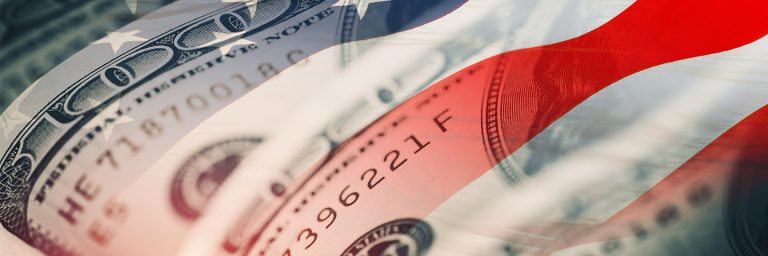Institutional Insights
Stay informed with fresh insights and informed perspectives, explore new trends in responsible investing, and much more.
Articles
Filter by authors
All
Filter by categories
All
Publish from date
Publish to date
No posts matching your criteria

House view
April 16, 2024
Delayed Again: The Soft Landing that Never Comes
The view from 10,000 feet is that the economy is still in fairly good shape. That said, it is important to understand that we are beginning to see more signs of underlying economic weakness.

House view
March 20, 2024
The Bulls Keep Running: Why Markets Remain Upbeat
The most recent round of earnings generally delivered good results, with the biggest story being Nvidia continuing to beat market analysts’ high expectations.


Commentary
March 18, 2024
The Underappreciated Bullish Case for 2024
There are six reasons investors should be optimistic about 2024. In this commentary, Investment Strategist Brittany Baumann dives into the underappreciated bullish case for 2024. Click here to read more.

Responsible Investment
February 28, 2024
April 2024
A “Just” AI Transformation
What do the AI transformation and energy transition have in common? Leaving no one behind in the AI transformation.


House view
February 22, 2024
The American Exception: How U.S. Markets Beat the Bears…Again
It was mixed news for markets, but it did provide the
one thing we’ve been seeking for months: greater
clarity

House view
January 24, 2023
Cracking the Fed’s Code
With 2024 underway, our attention returns to central banks’ messaging. What we’re looking for is a clear indication of the timing of interest rate cuts—monetary policy, in our view, is the key to certainty about the upcoming year.
Load More